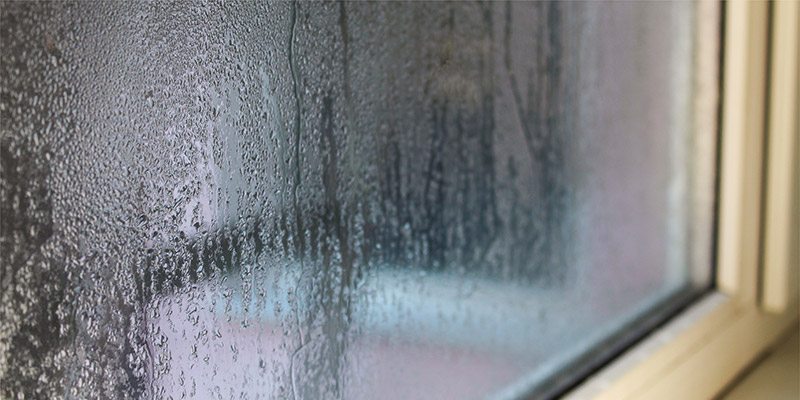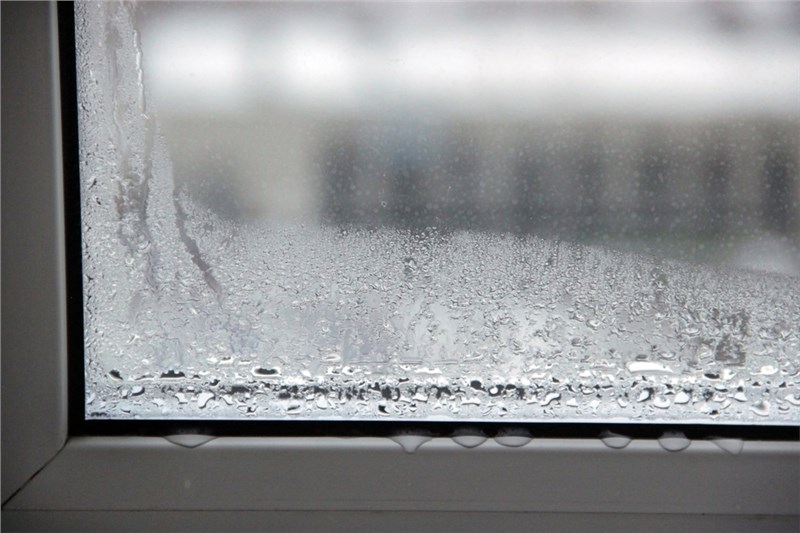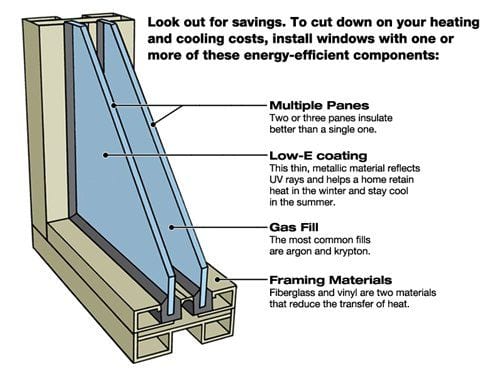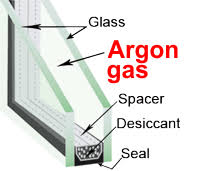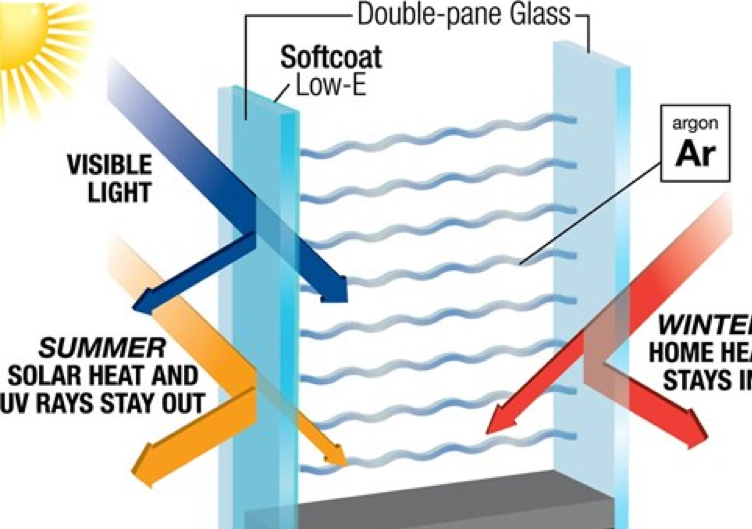Another trademark problem of double pane windows that have become exposed to drafts and likely lost all the argon gas is when condensation builds up on the inner surface.
Argon filled windows condensation.
You ll notice this only when the window has lost a significant portion of the gas as condensation will build up inside the product without the argon gas.
In general the lower the u factor the better job a material will do at insulating.
Gases like argon are preferable to air because air contains moisture that can condense on the inside of the glass units making the window cloudy.
If an argon filled window has even the smallest gaps in it the argon gas that escapes can be replaced by moisture laden air.
When effective double pane windows should not produce much or any condensation.
In this case the insulation barrier reduces the heat transfer from the hot air outside so your home will stay cooler inside in the summer.
By keeping the heat or cold air inside the house the windows provide a better insulator than windows with oxygen between the panes.
The short story is that the introduction of argon into the space between two panes of glass creates an insulation barrier.
Argon gas windows are energy efficient due to the density of argon gas being heavier than oxygen.
Air also insulates less effectively than gas fills.
Argon filled windows also reduce the tendency for condensation to form on the inside of windows reducing the likelihood of the window trim experiencing moisture related problems.
Sometimes a basic clean will take care of the problem.
This saves you on maintenance and replacement costs.
Of course the opposite is true when installing energy efficient insulated glass windows in warm climates.
In this way the gas between the double paned windows are less effected by convection currents and drafts.
The spaces are filled with argon or other gasses to slow the transfer of heat through the window.

